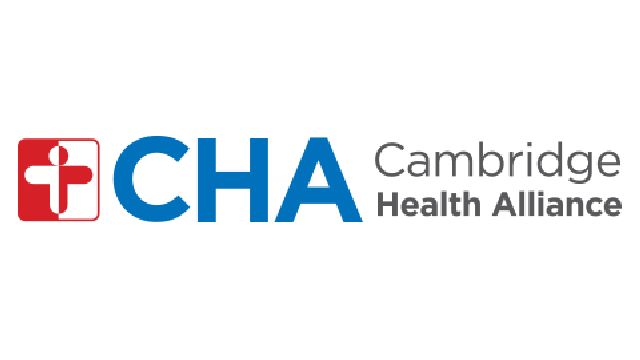
Adam Landsman, DPM, PhD, FACFAS. Chief, Division of Podiatric Surgery, Cambridge Health Alliance, and Harvard Medical School, Cambridge, MA
ABSTRACT
This study represents the first prospective study for the treatment of mildly infected and non-progressive diabetic foot ulcers treated with SilverStream, a clear hypertonic solution that is composed of silver ions, menthol and surfactants.
Data from 44 wounds was examined to determine the change in overall appearance and condition following either daily or weekly treatment with SilverStream® over a period of 5 weeks.
Based on data collected at 8 independent sites, we found that the wounds demonstrated significant decreases in wound discharge, odor and the presence of necrotic or non-viable tissue. At the same time, wounds demonstrated a proportional increase in the percentage of granulation tissue. In fact, 21.5% of the wounds closed completely in 5 weeks or less, and the average decrease in wound size during the same period of time was 46%.
This preliminary data strongly supports the author’s feeling that SilverStream will fill a unique niche in the treatment of DFU’s by optimizing conditions necessary for these wounds to close.
METHODS
Clinicians from 8 independent wound care centers were asked to treat their most difficult wounds with SilverStream. Most clinicians asked the patients to wash the wound on either a daily or weekly basis. Photographs were taken at the beginning of treatment, and subsequently, on a weekly or bi-weekly basis. Wounds were evaluated subjectively to determine the following:
• Wound size (cm2) measured at baseline, 3 weeks, and 5 weeks.
• Presence of clinical signs of infection (baseline and 5 weeks)
• Percentage of granulation tissue covering the wound bed (baseline and 5 weeks)
• Percentage of non-viable tissue on the wound surface (baseline, 3 weeks, and 5 weeks)
• Physician perception of treatment (improved/worsened/unchanged)
• Patient perception of treatment (pain, discomfort, soothing, other)
• Adverse Events
RESULTS
Following treatment, 100% of the cases showed complete resolution of any signs of infection. Another critical element was the ability of SilverStream to aid in the development of granulation tissue, along with the removal of non-viable (necrotic or fibrous) areas. Overall, there was an average increase of 19% coverage in surface area with granulation tissue, and an average reduction of 9.4% of the wound area covered with fibrous and non-viable tissue.
CONCLUSION
This study has demonstrated that SilverStream can play a critical role in the treatment of diabetic foot ulcers and venous leg ulcers. It fills a unique niche, as a solution designed to enhance wound healing in chronic, non-progressive wounds.
The data presented here shows that the wounds treated with SilverStream increase in granulation tissue formation, decrease in the presence of non-viable tissue, and removal of biofilms as demonstrated by reduction in slough tissue on the surface of the wounds. In fact, 92% of the wounds showed a decrease in size, with an average reduction in wound size by 46% during the 5 weeks of observation.
Most patients found the solution soothing to use and this is attributed to the menthol component, which has a cooling and calming effect, as well as playing a role in combating odors, and helping to disrupt slough and biofilms.
The ionic silver component is known to be an effective antimicrobial, and in this study, we observed that 100% of the wounds that began with some sign of infection, achieved complete resolution by week 5.
Although SilverStream does help to close wounds, it’s greatest attribute appears to be it’s ability to normalize conditions within the wound bed, by reducing slough, increasing granulation tissue, controlling odor, and reducing bacteria load. The investigators observed clear improvement in the overall condition of wounds treated with SilverStream. We believe that it can be used as an excellent daily wound treatment or can be used to prepare the wound for more advanced biologic tissue grafts and skin substitutes.
⚠ Warning: the content may be hard to watch


